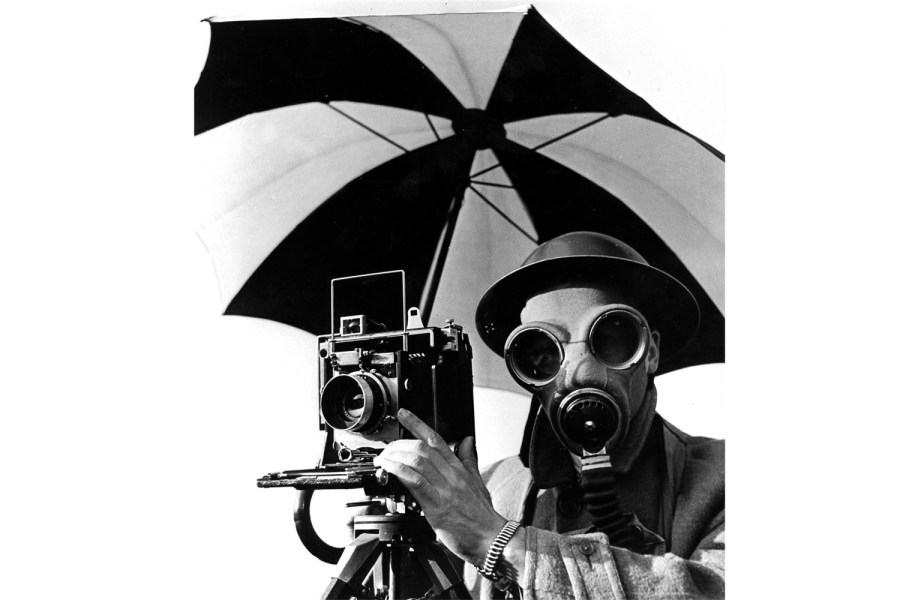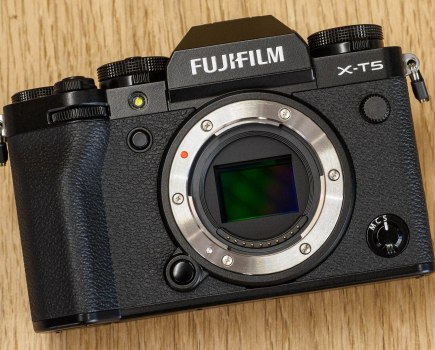Tate Britain opens the UK’s most comprehensive retrospective of Lee Miller, one of the 20th century’s most versatile and innovative photographers. The exhibition from 2 October 2025 – 15 February 2026 spans her Surrealist beginnings in Paris, her groundbreaking work for Vogue in London, and her documentation of World War II frontlines for an unparalleled view of both her artistic genius and technical mastery.
Miller’s work is inseparable from the tools she chose. Between 1935 and 1945 – the prime period of her career. Spanning both her Surrealist experiments and her wartime reportage – she relied on three principal cameras: the Rolleiflex, the Zeiss Contax, and the Zeiss Ikon 668/7 large-format. All three are now preserved in the Lee Miller Archives.
German lenses were considered the finest at the time. Miller’s collection was no exception, consisting primarily of Carl Zeiss optics. Among these lenses are the Zeiss Sonnar and the Zeiss Biogon, both prized for their sharpness, tonal depth, and subtle rendering of light. The Sonnar offers a smooth, painterly quality ideal for portraits, while the Biogon delivers precise, even illumination perfect for wide-angle shots.
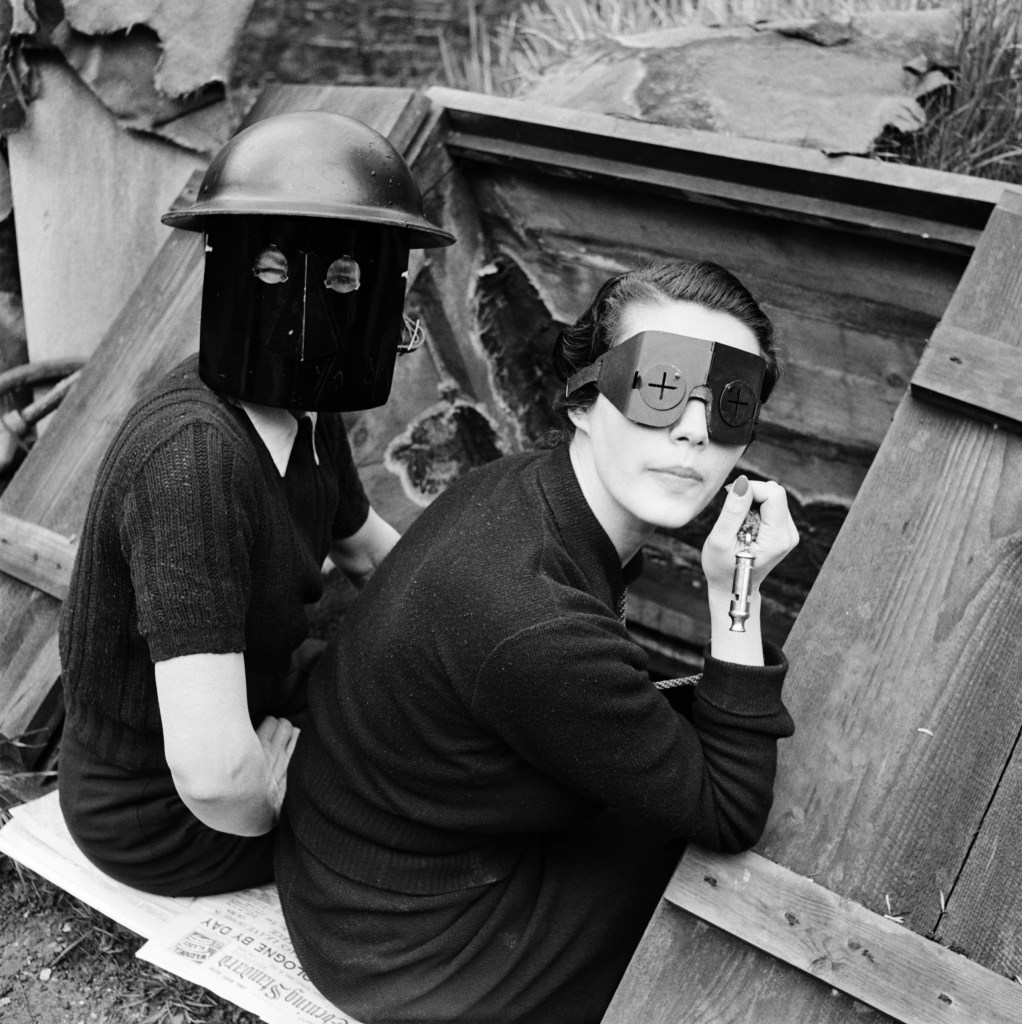
Miller archives
Miller’s legacy is more than 60,000 images and documents, preserved in the Lee Miller Archives (LMA). The collection encompasses Surrealist photography, Vogue fashion editorials, World War II photojournalism, and portraits of key 20th-century figures, as well as works and materials from Theodore Miller, Roland Penrose, David E.Scherman, Antony Penrose, Man Ray, and others associated with Miller’s life and career.
The LMA provides access to its collection for reproduction and research, with images available through its online Picture Library. Expert researchers assist with locating specific images, making the archive an essential repository for those studying Miller’s technical choices, aesthetic experiments, and historical impact.
Miller’s archives show the breadth of her interests and skills. They highlight the interplay between technical mastery and vision, demonstrating how her camera and lens choices shaped the emotional and documentary qualities of her work.
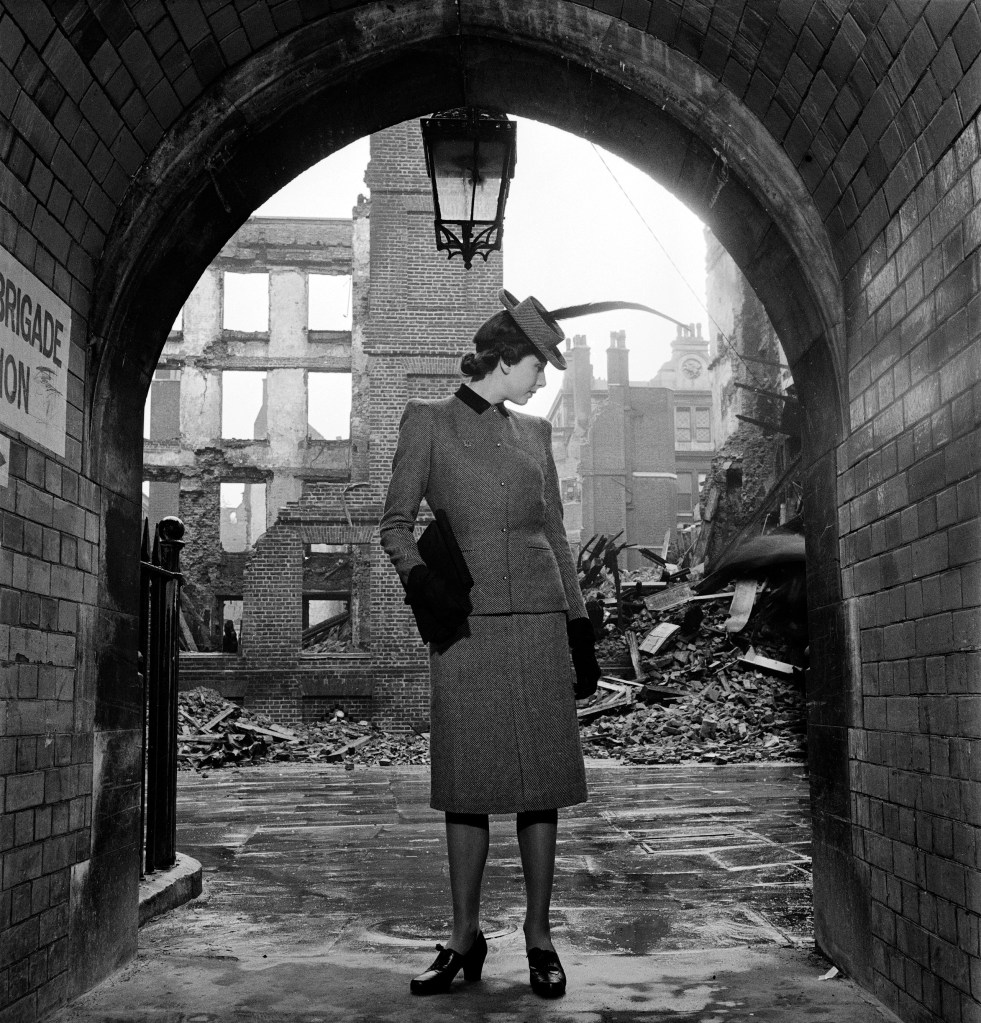
Contax
Miller employed a 35mm Zeiss Contax with several interchangeable lenses, including a telephoto. During wartime she owned this Contax and used it in both field and studio work. At the same time, the Contax’s rangefinder construction and relatively compact size made it well suited for more discreet work, enabling her to capture scenes of urban life or wartime moments with less intrusion than larger cameras. In this way, the Contax complemented her Rolleiflex as both a technical instrument and an extension of her storytelling vision.
Rolleiflex
Among Miller’s cameras, the Rolleiflex twin-lens reflex is perhaps the most emblematic. She favoured both the ‘standard’ and the later ‘automat’ versions of this medium-format camera. Unlike with her Contax, she does not appear to have used additional lenses for them. The Rolleiflex’s waist-level viewfinder encouraged a more direct and unguarded connection with her sitters, often resulting in images that feel spontaneous and intimate. Its fixed Zeiss optics delivered a balance of sharpness, contrast, and subtle depth of field that suited both her fashion portraits and her Surrealist experiments.
Compact yet capable, the Rolleiflex lent itself to her way of working. Its portability and reliability allowed her to respond quickly, whether in the structured setting of the Vogue studio or in the unpredictable spaces of the street. In many ways, the Rolleiflex became her most trusted companion — the camera through which she shaped some of her most enduring images.
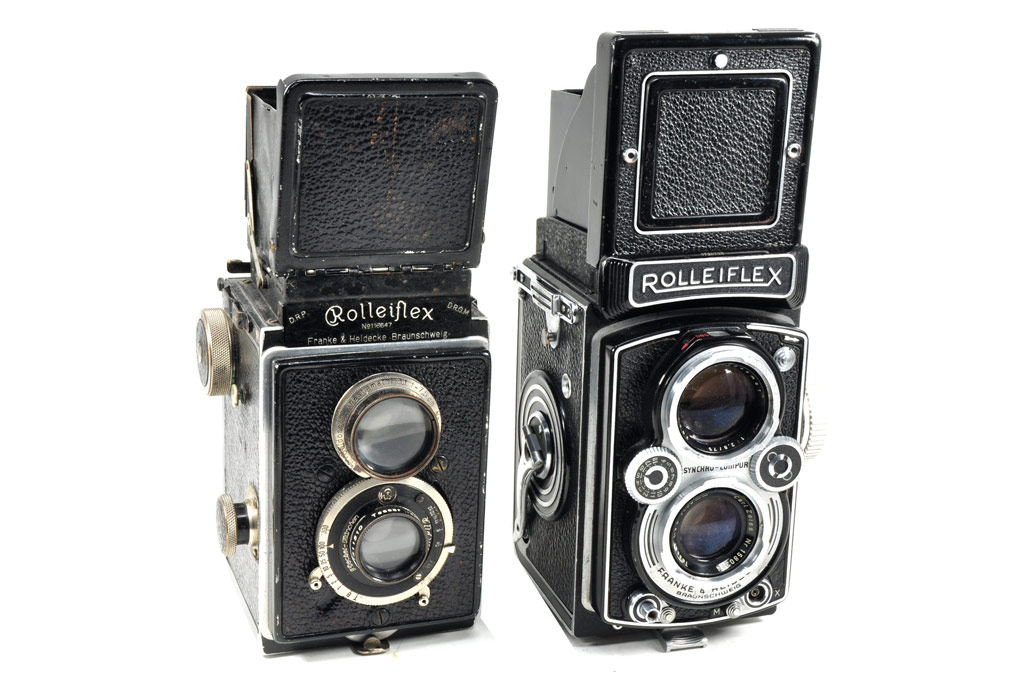
Zeiss Ikon 668/7 large format camera
For projects demanding extraordinary detail and tonal richness, Miller turned to her Zeiss Ikon 668/7 large format camera. Large-format cameras, though slower and less portable than the Rolleiflex or Contax, offer unparalleled resolution and subtle tonal gradation. Miller used this camera for studio portraits, architectural studies, and compositions requiring precise framing. Paired with high-quality Carl Zeiss optics, it allowed her to explore depth, clarity, and texture in ways smaller cameras could not.
Large-format photography required careful planning and patience, a sharp contrast to the spontaneity of her images taken with the Rolleiflex or Contax. Yet, in the hands of Miller, even these demanding tools became instruments of expression, capable of producing images of remarkable fidelity and presence.
Carl Zeiss lenses
Miller’s choice of German lenses, particularly those by Carl Zeiss, was integral to her aesthetic. Among her collection were the Zeiss Sonnar and the Zeiss Biogon, each contributing to different aspects of her vision.
First patented in 1929, the Sonnar lens was a relatively lightweight, simple design with a fast aperture. It allowed Miller to create portraits and close-range studies with striking separation between subject and background. The Biogon lens, with its wide-angle perspective and edge-to-edge sharpness, complemented her Surrealist compositions and documentary work, capturing expansive landscapes, urban streetscapes, and uncanny juxtapositions with clarity.
These lenses were not merely technical accessories; they were collaborators in her artistry. By selecting optics that aligned with her intent, Miller could manipulate light, depth, and perspective in a way that enhanced the conceptual impact of her photographs.
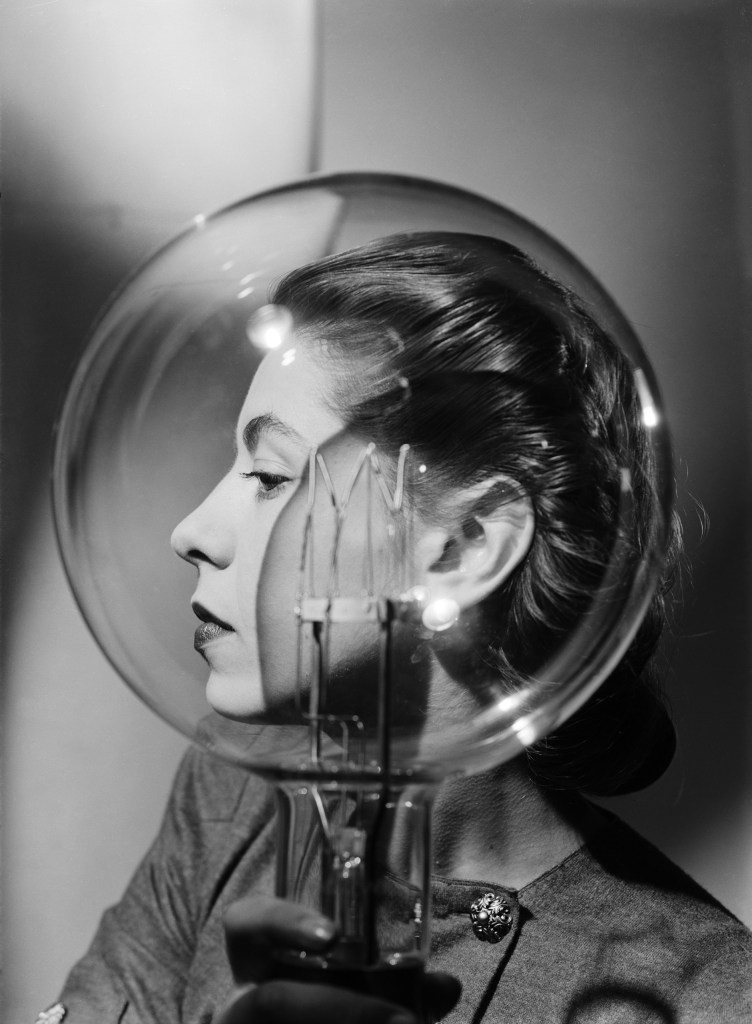
Miller’s career
Lee Miller defied conventional boundaries. She began as a fashion model, studied with Man Ray in Paris, and emerged as a prominent Surrealist photographer. Her work for Vogue in London combined technical sophistication with aesthetic innovation, bridging the worlds of fashion and fine art.
During World War II, Miller transitioned into photojournalism, documenting the frontlines with courage and clarity. Her images of liberated concentration camps, battle-scarred cities, and wartime life remain both historical records and powerful works of art. Beyond photography, Miller was known for her roles as a gourmet cook and a chronicler of cultural life, demonstrating an insatiable curiosity and creativity across disciplines.
Miller’s career underscores a broader truth: her technical expertise and artistic experimentation were inseparable. She produced images of extraordinary depth, clarity, and emotional resonance despite the limitations of her equipment. Whether she reached for a medium-format Rolleiflex to capture intimacy or a telephoto Contax to frame events from afar, her choices revealed a deep sensitivity to the bond between lens and subject.
Through her photographs, we see a seamless blend of intuition, technical knowledge, and daring vision. The Sonnar lens illuminates subjects with extraordinary clarity; the Biogon lens captures sweeping, surreal landscapes; the large-format Zeiss Ikon reveals the minute textures of her subjects. Each choice reinforced her creative voice, enabling her to navigate multiple photographic genres with fluency.
Tate Britain exhibition
The Tate Britain exhibition showcases around 230 vintage and modern prints, many of which are displayed for the first time. While the physical cameras themselves are largely absent, the exhibition includes Miller’s Rolleiflex and uniform, serving as symbolic reminders of the tools behind her work.
Workshops led by photographers such as Marianne Holm Hansen allow visitors to engage with Miller’s practical and experimental methods. By situating her images alongside the story of her cameras and lenses, the exhibition emphasises the inseparable relationship between technology and artistry. The tools Miller chose were active collaborators, shaping the interaction between artist, subject, and viewer.
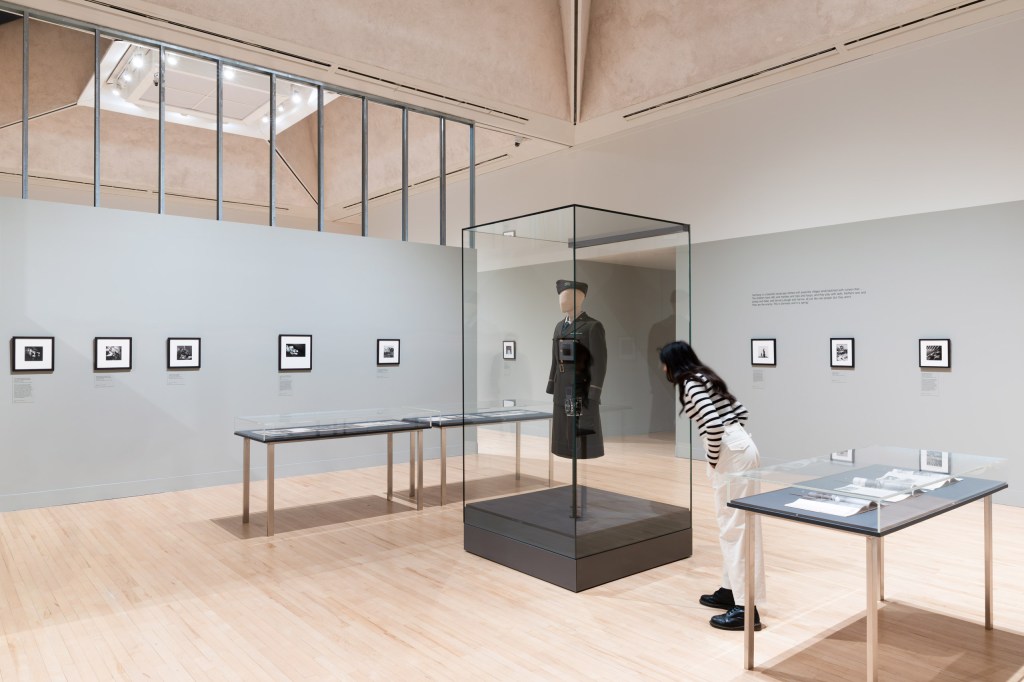
Legacy
Lee Miller’s work continues to inspire photographers, scholars, and the public. The Lee Miller Archives preserves her legacy, offering access to a lifetime of experimentation, innovation, and artistry. Her images testify to the power of well-chosen tools, the discipline of technical mastery, and the courage to explore new artistic frontiers.
The Tate Britain exhibition not only celebrates her achievements but also invites audiences to understand the craft behind the images. By examining Miller’s cameras, lenses, and archival collection, we gain a richer appreciation of her skill, foresight, and inventiveness. Her work stands as a testament to the enduring relationship between artist and apparatus, imagination and optics, vision and history.
Tate Britain : 2 October 2025 – 15 February 2026 : tickets £20 / Free for Members / Concessions available

